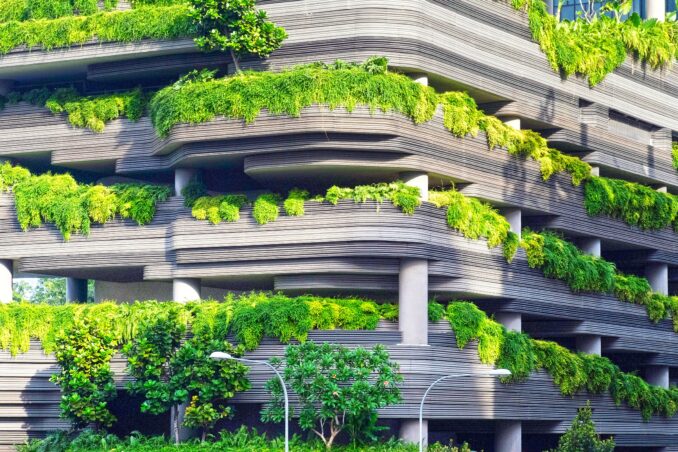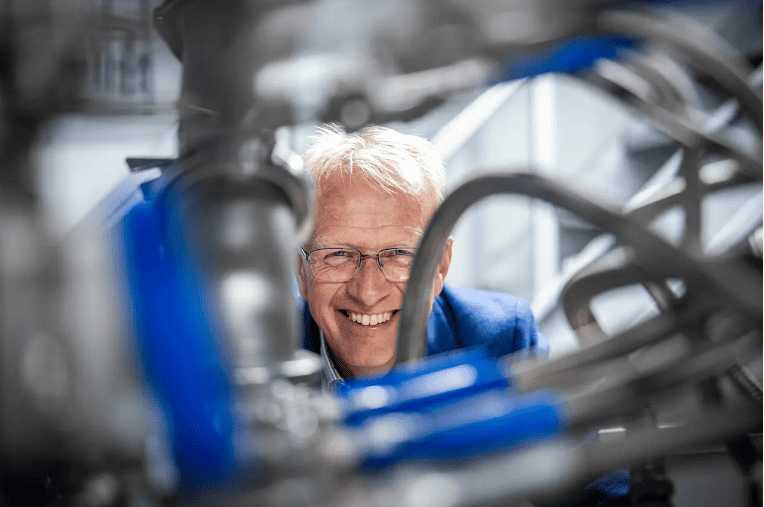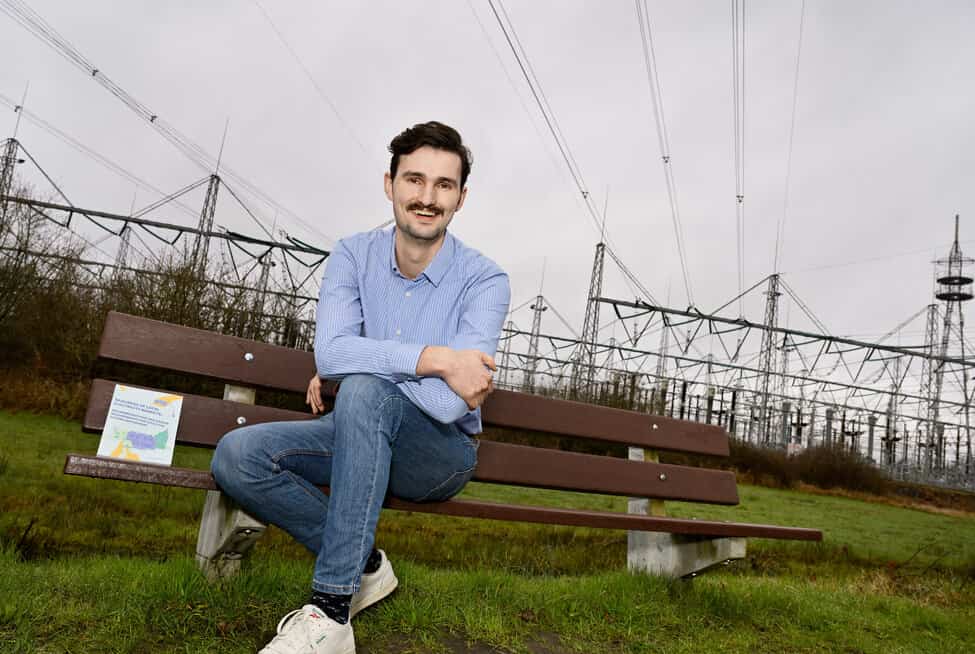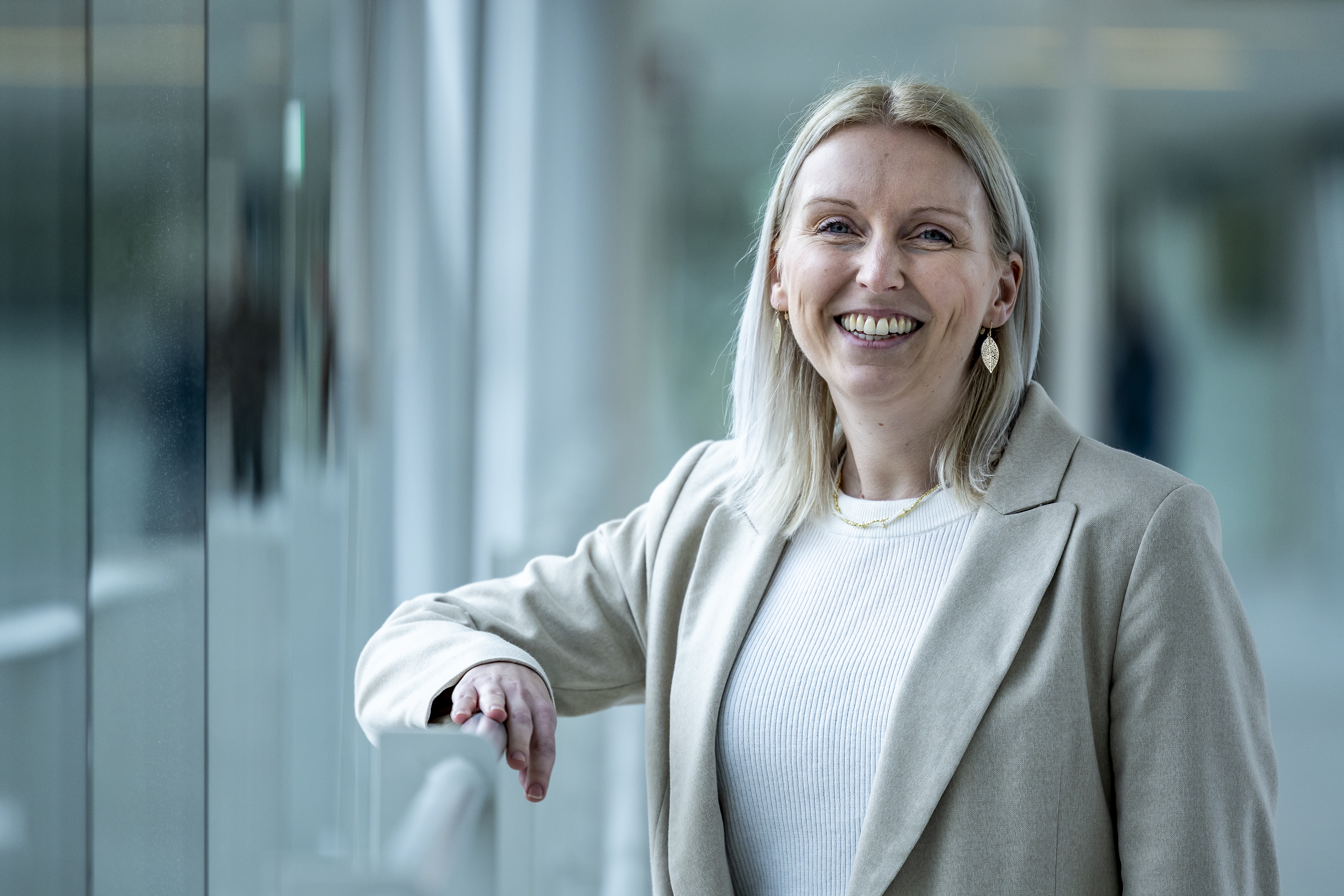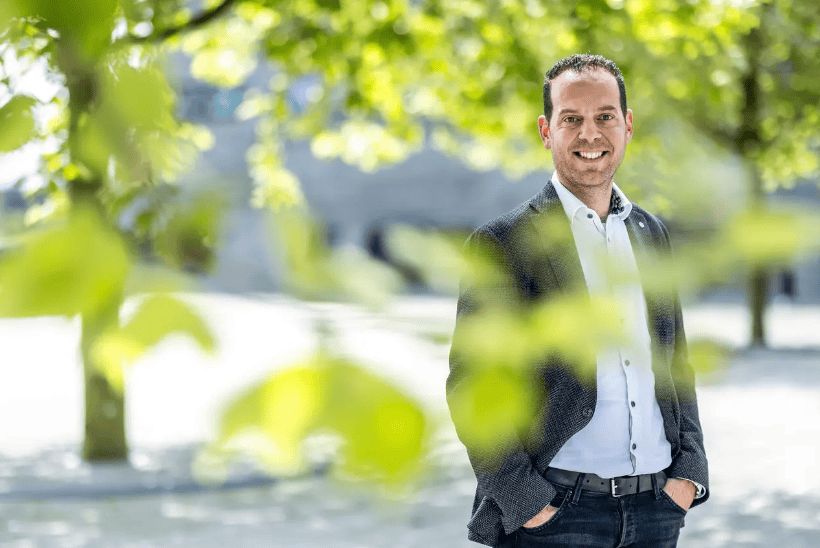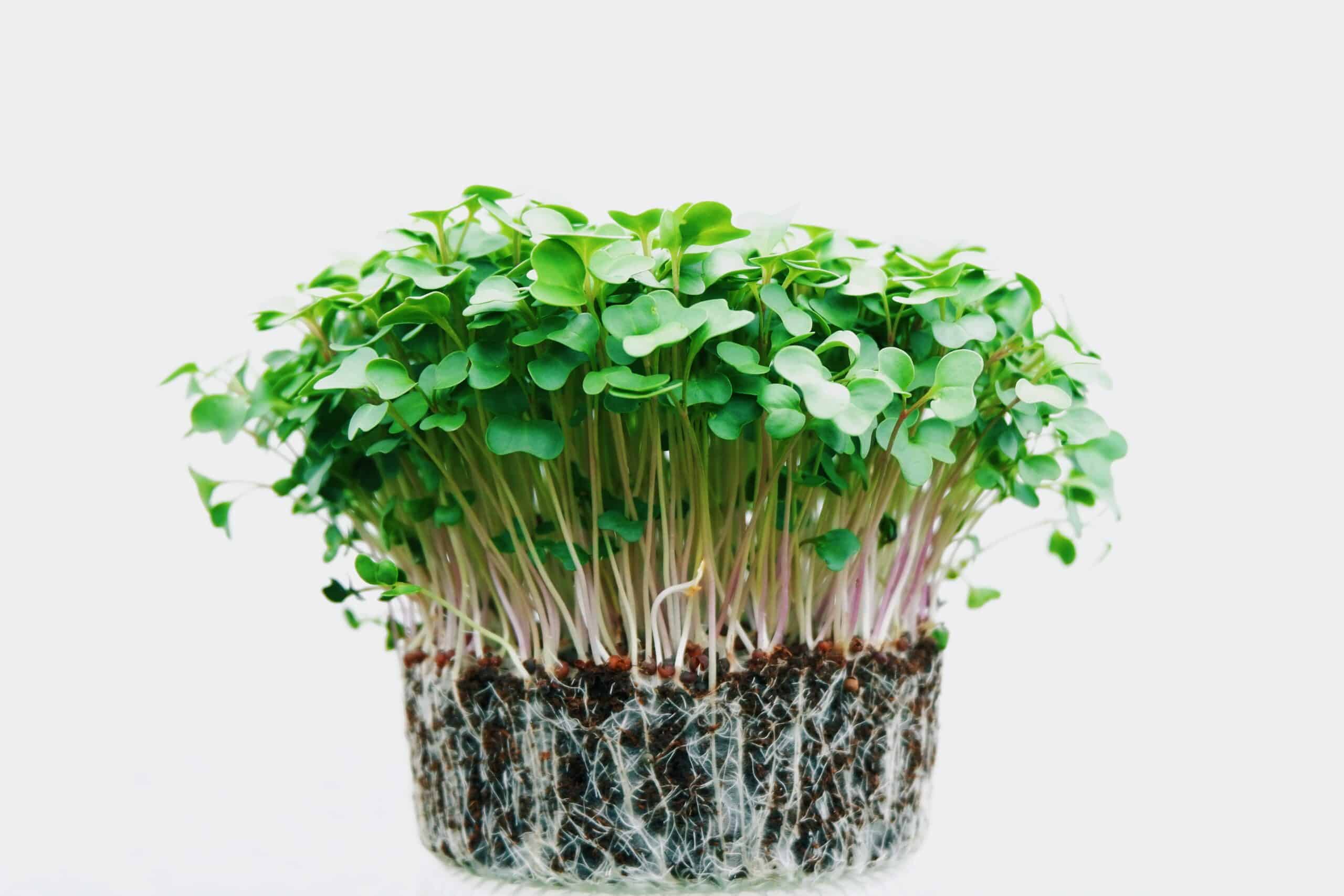
About Microgreens Holland
- Founders: Marijn van Gerven and Christiaan Schol
- Founded in: 2019
- Employees: 3
- Money raised: between €25,000 and €30,000
- Ultimate goal: that microgreens become part of everyone's diet
If there is one thing we know about healthy living, it is that we should eat plenty of vegetables. That the humble sprout contains more minerals and vitamins than a fully grown vegetable may be a less well known fact to you. Yet it does, as Marijn van Gerven and PhD student Christiaan Schol at Wageningen University & Research are well aware.
The two are the founders of start-up Microgreens Holland: a company that grows and sells sprouts to the hospitality sector, local vegetable markets and private individuals. And it is particularly that last group that is special, because so-called “microgreens” had not been on the private market before. In this instalment of Start-up of the day Marijn van Gerven tells us more about Microgreens Holland.
What do you do exactly?
“We grow microgreens in a climate-controlled cultivation space. This means that humidity, temperature and air flow in that space are controlled. We use LED lighting and an irrigation system. This is how we create a microclimate that allows the microgreens to grow as well and quickly as possible. We also regularly attend markets to offer samples of our products. We are introducing people to them, because not everyone knows what microgreens are yet.”
What are microgreens?
“Microgreens are young shoots of vegetables. They are up to two weeks old and can be identified by a stem with a couple of tiny leaves, also known as cotyledons or sprout leaves. Everyone has heard of garden cress, but pea, broccoli or sunflower sprouts, for example, are also microgreens. Most microgreens are edible and are often used in the hospitality industry as a garnish or flavoring.”

Why should you eat microgreens?
“Microgreens are superfoods that are high in minerals and vitamins, also called micronutrients. Most of a vegetable’s nutrients are contained in their seed. As the plant grows in mass, and so is no longer a microgreen, the vitamin and mineral content declines. To get the same amount of vitamins from actual broccoli, you have to eat about 40 times more broccoli than 100 grams of microgreens in a pot. In other words, microgreens are incredibly healthy.”
Is it better to eat microgreens rather than ripe vegetables?
“No, that’s not what I mean. They contain more vitamins and minerals, but, of course, they don’t fill you up as much because it’s a tiny product. As such, you have to look at it more as a healthy, easy supplement to your food and not as a replacement. For example, you can sprinkle it through your salad, put it on a sandwich, put it on a cheese board, stir it through soup or mix it into a wok dish. It’s how you can get your nutrients in a low-key way. Personally, I eat them every day, really in and on everything.”
What problem are you trying to solve?
“Modern agriculture depletes soil, which drastically reduces the vitamin content in crops. If you eat a complete meal salad today, you will ingest significantly less vitamins than if you had eaten that same salad forty years ago. If you include microgreens in your food, you won’t have that problem. Also, we grow them indoors, so we are putting less strain on the environment.”
What sets you apart from your competitors?
“Other growers sell their microgreens exclusively to wholesalers, whereas we also target the private consumer market. If you want to buy microgreens as a consumer, in the past, you could only buy them from wholesalers, except if you wanted to buy garden cress. You can buy all kinds of microgreens from us. We also deliver our product in pots without any plastic, which can be disposed of in the VFG waste after use. The packaging of competitors often contains more plastic than microgreens. We thought that should be done in a more sustainable way, so we sell the sprouts in plastic-free pots.”

What was it like to raise the funding?
“We don’t have an investor at the moment, so we’ve paid for everything out of our own pockets. When the hospitality sector closed because of corona, we were only able to focus on the private market. Getting an investor on board then was too risky for us. Now we’re supplying the hospitality sector again, but if it potentially shuts down again this winter as a result of corona, then I’m glad that we don’t have an investor yet. Our plan is to partner with a wholesaler who will purchase our products. Once the purchase contract is in place, we will start looking for our first investor.”
What is your greatest challenge?
“Unlike real foodies, who are very conscientious about their health and diet, it’s hard to reach the private consumer. We really need to educate them about what microgreens are and what you can do with them in the kitchen. Moreover, climate control of the cultivation space is difficult. If you are able to invest two hundred thousand euros, you can buy an off-the-shelf system. But we have devised, designed and constructed the cultivation space ourselves. Very hot days or very cold, humid days also affect the space. As a result, the parameters have to be adjusted accordingly. Thankfully, we have a second cultivation space since last weekend, in the basement of the boiler house at the former Mauritskazerne in Ede. The temperature fluctuations there are fewer and therefore the indoor climate is more constant.”
